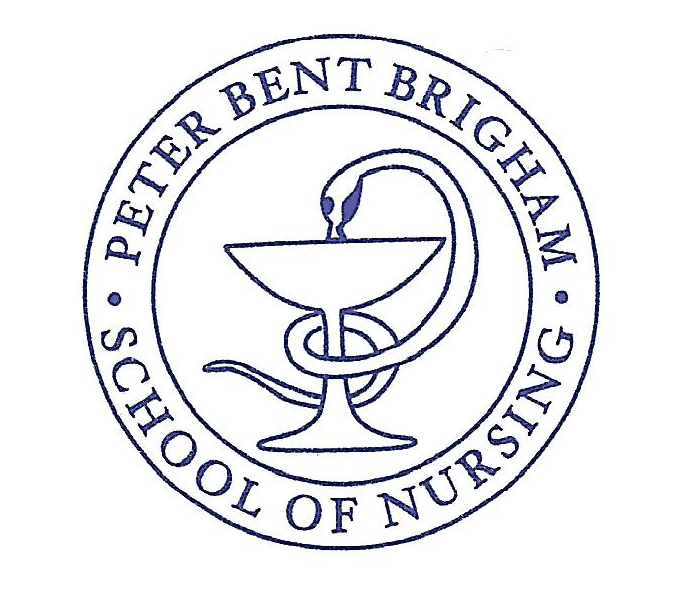 PBBSON Alumni Association |
- Home
- History
The History - |
In November of 1912, Miss Carrie M. Hall, its first director, and two instructors began teaching the first five students of the Peter Bent Brigham Hospital School of Nursing. With its requirement of a high school diploma as a criterion for admission, and its three year curriculum, PBBSON was to become a model of the reform of nursing education, which promoted both active service and intelligent professionalism through rigorous scientific training in the art of nursing.
Meanwhile, the Brigham Hospital was undergoing construction. It had been named for a wealthy bachelor who went from fishmonger, to real estate and railroad investor, to a philanthropist donating his property for the care of the indigent in Suffolk County, before his death in 1873. As the hospital had begun with an affiliation with Harvard Medical School, its laboratories were used by the nursing students at first. Eventually, labs and residences were built for the nurses.
After 4 months of education, students were capped and began their service to the hospital, ending their probationary status after 6 months. In 1940, the cap was made part of the initial uniform and January admissions ended. Studies included medical and surgical nursing, pharmacology, obstetrics, pediatrics, and sometimes, through affiliations, mental, infant, and public health nursing. Anatomy and Physiology and Microbiology were added in the 1930s. Social activities included teas, benefit dances, glee clubs and tennis tournaments.
In 1940, the Peter Bent Brigham School of Nursing was officially accredited by the National League for Nursing Education on its first visit. The program affiliated with Simmons College in the 1920s, but the issue of which institution would be responsible for the curriculum prevented any mergers. Science courses were eventually moved to a university setting at Northeastern University, and, later, Emmanuel College (which also housed the residence hall and library in the final years of the program).
The idea of transferring the school to an academic institution was discussed by the trustees since 1956, especially  when the Carrie M. Hall residence was sold to provide space for Harvard Medical School’s Countway Library. In 1965, the American Nursing Association put out a paper that recommended a bachelor’s degree as the prerequisite for professional nursing practice. A nursing shortage existed in the 1950s and 1960s, and faculty were more expensive. Miss Hall had believed that shifts longer than 8 hours resulted in poor health, and made education difficult, but she often had to struggle in her effort to obtain support from the hospital Board of Trustees despite the fact that nursing students provided most of the nursing care within the hospital until 1937. In 1933, a School of Nursing Advisory Committee provided a more direct line of communication with the trustees. However, nurses were forced to do more during the years of World War II, when orderlies and other helpers were in short supply and the case method of patient assignment increased their responsibilities. In its later years, the nursing program welcomed a few male students.
when the Carrie M. Hall residence was sold to provide space for Harvard Medical School’s Countway Library. In 1965, the American Nursing Association put out a paper that recommended a bachelor’s degree as the prerequisite for professional nursing practice. A nursing shortage existed in the 1950s and 1960s, and faculty were more expensive. Miss Hall had believed that shifts longer than 8 hours resulted in poor health, and made education difficult, but she often had to struggle in her effort to obtain support from the hospital Board of Trustees despite the fact that nursing students provided most of the nursing care within the hospital until 1937. In 1933, a School of Nursing Advisory Committee provided a more direct line of communication with the trustees. However, nurses were forced to do more during the years of World War II, when orderlies and other helpers were in short supply and the case method of patient assignment increased their responsibilities. In its later years, the nursing program welcomed a few male students.
Although their program was called outdated, Brigham graduates enjoyed a remarkable reputation and passed the licensing exam in greater percentages than graduates of other sorts of programs. By 1985, the school was forced to close due to increasing costs and educational demands. In 1933, a reunion and educational program took place for alumnae from the previous 20 years. Such a program continues to this day on the first Saturday of October.



The Peter Bent Brigham Hospital School of Nursing
- A History 1912-1985